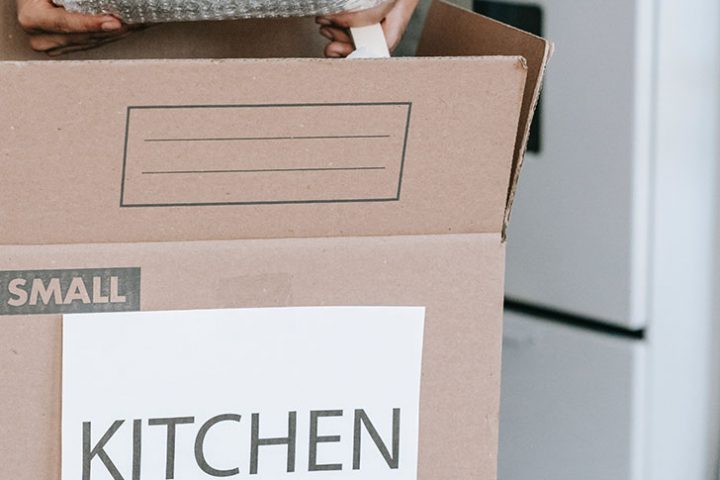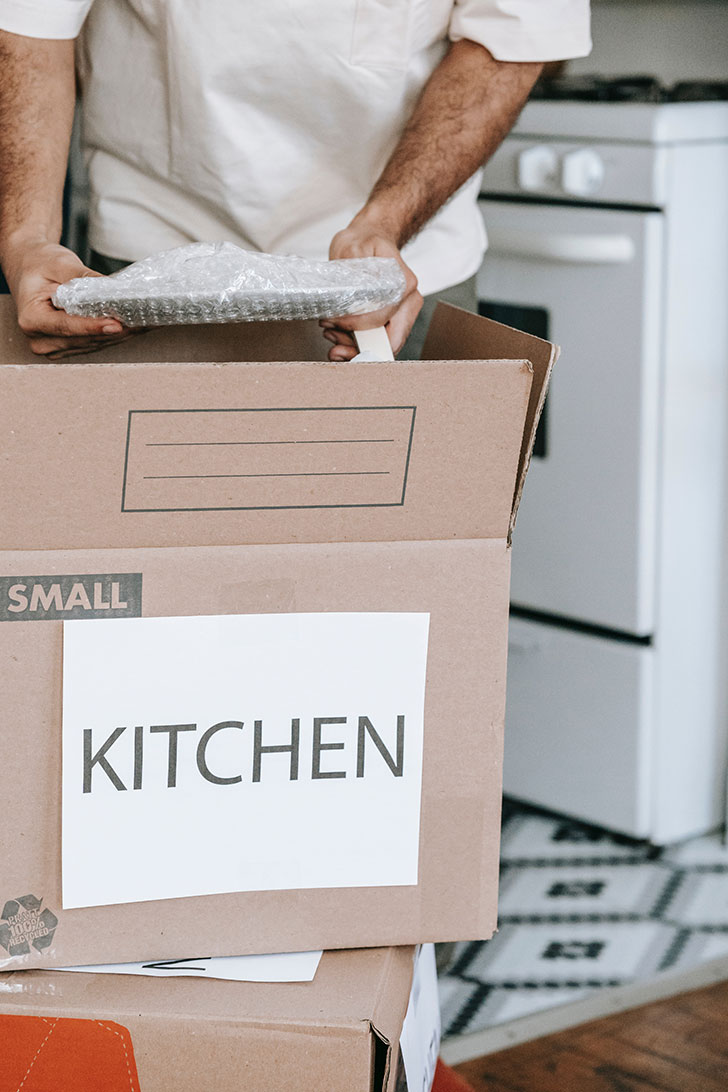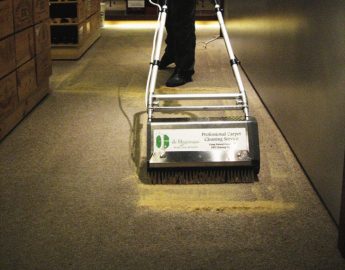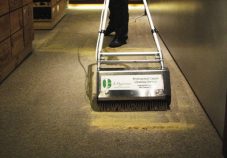Moving into a new home is a significant life change. Setting up in a different environment means creating new spaces and routines, which can feel like a fresh start. It’s undoubtedly an exciting time but before you begin the process of settling in, you first need to pack up all the things you’ve accumulated in your old home so you can safely move them into the new one.
Getting your belongings ready for the move can be a time-consuming process, especially if you own a lot. However, it is necessary to pack everything carefully so nothing gets damaged or left behind. This is especially true for the items in your kitchen, which often include fragile objects like glass and ceramics. A home kitchen appliance such as your fridge also needs to be prepared well as moving can jostle motors and other mechanisms, which can affect its functions.
You may need to clean up as you go, so along with your packing materials, get your cleaning supplies ready and follow these tips for packing up your kitchen.
Wrap All Breakable Items
If you have heirloom china, a favourite teapot, or a matching set of cups and plates, you’ll definitely want to protect these from accidental breakage during the move. Marking a box container with a “fragile” label isn’t enough; it’s best to wrap each piece individually so that they have ample cushioning if the box moves around. You can use old newspapers for more durable items like mugs and glass bakeware but thin and delicate crystals like champagne flutes and wine goblets are best wrapped in bubble wrap. Wrapping items in bubble wrap or even just old newspapers also prevents them from banging against each other, which can cause hairline cracks.
While your pots and pans are not as fragile, it is also a good idea to wrap these individually before packing them into a box. Some cookware is finished with special treatments like non-stick coating, which can get scratched off if not handled carefully. Wrapping ensures that these treatments stay intact and the pans don’t damage each other.
Empty Out Your Fridge
Imagine how difficult it would be to move the refrigerator with everything else inside. Not only would the contents add to the overall weight, but it is also likely that moving would cause them to get jostled around and possibly result in spills. To prevent making a mess, remove all the contents of your fridge and freezer. If the food is highly perishable, it’s best to consume them right away or to dispose of them as the refrigerator needs to be unplugged for at least 24 hours before moving the appliance. The fridge will also need to rest unplugged for between a few hours and an entire day, depending on the model, after moving. This resting time gives the compressor oil and coolants a chance to settle back in after the move.
Once all the contents are removed from the fridge and the freezer has been defrosted, clean the shelves and insides with warm, soapy water to remove all traces of food. You can also wipe the surfaces with bleach diluted with water to deal with any odours. Dry everything, then either remove the racks to transport them separately or use tape to secure them in place. You’ll also want to tie or tape the door shut so it doesn’t open during the move.
Clean Your Stove
If you’re also bringing your stove into your new home, make sure to prepare it by disconnecting electrical or gas lines ahead of time. To ensure that this is done safely, you can request the gas company to send personnel to check for leaks and any parts that might need to be repaired or replaced. They can also assist you with installing your stove in your new home.
Clean the stove thoroughly once disconnected, If there are removable burners, either put them in a separate container or tape them into place. Do the same for oven racks, drip pans, and other parts that can come loose during transport. Make sure to also tape doors and covers shut. If you are wary of the appliance getting scratched in the process of moving, you can use large cardboard pieces to cover the exterior.
Put Small Appliances in Boxes
Small appliances like coffee makers, toasters, and blenders often have loose parts and accessories that can easily get lost during your move. To ensure that you don’t lose anything important, it’s best to place the appliances in their original boxes to fit perfectly and everything is kept together. For this reason, some people make it a habit to keep the appliance boxes, but if you have already disposed of the containers, you can buy new ones just for your move.
First, check if the appliance is still functional before deciding to take it along. If it’s broken or you don’t really use it much, it may be best to dispose of the appliance instead. Make sure to wrap breakable pieces like glass carafes and pitchers before putting them into the box. You may also want to label the boxes with the item name and where it will be used so that the movers know to place these boxes into your new kitchen.
Moving can be an exciting but stressful process that requires a lot of hard work. Since many of your home appliances are likely in your kitchen, you have to take extra care with their transport. Following these tips can help ensure that your fresh start in a new home goes smoothly.






















 Top 10 Trusted Maid Agencies in Singapore
Top 10 Trusted Maid Agencies in Singapore  The 7 Most Romantic Restaurants in Singapore
The 7 Most Romantic Restaurants in Singapore  5 Best Sofa Cleaning Services in Singapore
5 Best Sofa Cleaning Services in Singapore  10 Best Aircon Services in Singapore
10 Best Aircon Services in Singapore  10 Best House Movers in Singapore
10 Best House Movers in Singapore  10 Best House Cleaning Services in Singapore
10 Best House Cleaning Services in Singapore  Illuminate Spring with Blooms across Lendlease malls
Illuminate Spring with Blooms across Lendlease malls  2XU Compression Run 2025 Singapore
2XU Compression Run 2025 Singapore  Solo Travel and Mental Health: Discovering Wellness Through Independence and Adventure
Solo Travel and Mental Health: Discovering Wellness Through Independence and Adventure  5 Ways to Improve Your Business’s Energy Efficiency
5 Ways to Improve Your Business’s Energy Efficiency  7 Types of Smart Road Solutions That Help Improve Traffic Efficiency and Safety
7 Types of Smart Road Solutions That Help Improve Traffic Efficiency and Safety  5 Best Vietnamese Restaurants in Singapore for Pho and More
5 Best Vietnamese Restaurants in Singapore for Pho and More  The 5 Best French Restaurants in Singapore
The 5 Best French Restaurants in Singapore  7 Best French Restaurants in Singapore to Celebrate Life
7 Best French Restaurants in Singapore to Celebrate Life  8 Must-See Architectural Marvels in Singapore
8 Must-See Architectural Marvels in Singapore  10 New and Upcoming Attractions in Singapore
10 New and Upcoming Attractions in Singapore  7 Best Bowling Centres in Singapore to Knock down Some Pins
7 Best Bowling Centres in Singapore to Knock down Some Pins